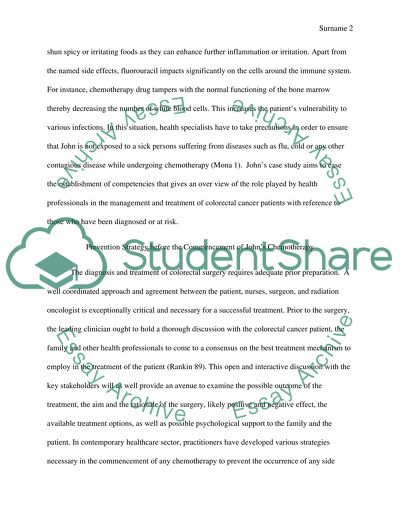Cite this document
(“Prevention Strategy Before the Commencement of John's Chemotherapy Essay”, n.d.)
Prevention Strategy Before the Commencement of John's Chemotherapy Essay. Retrieved from https://studentshare.org/nursing/1455192-case-study-essay-individual
Prevention Strategy Before the Commencement of John's Chemotherapy Essay. Retrieved from https://studentshare.org/nursing/1455192-case-study-essay-individual
(Prevention Strategy Before the Commencement of John'S Chemotherapy Essay)
Prevention Strategy Before the Commencement of John'S Chemotherapy Essay. https://studentshare.org/nursing/1455192-case-study-essay-individual.
Prevention Strategy Before the Commencement of John'S Chemotherapy Essay. https://studentshare.org/nursing/1455192-case-study-essay-individual.
“Prevention Strategy Before the Commencement of John'S Chemotherapy Essay”, n.d. https://studentshare.org/nursing/1455192-case-study-essay-individual.


